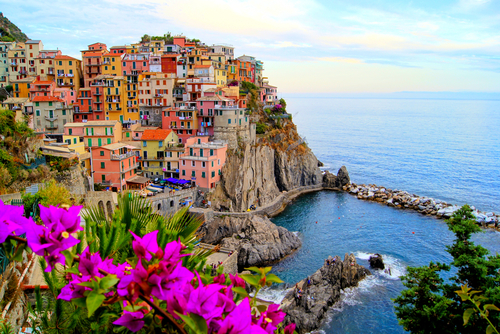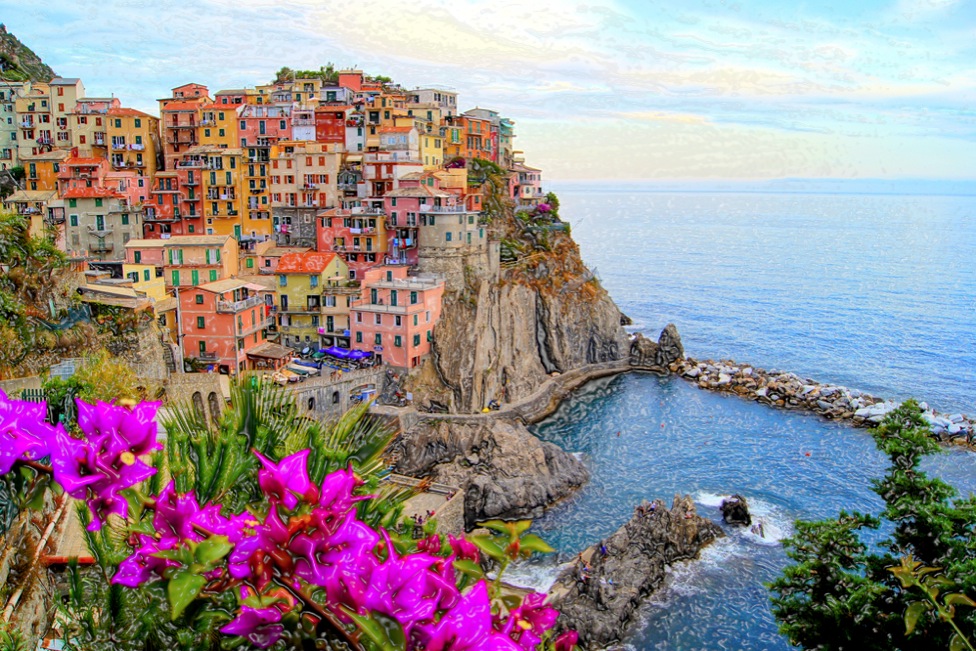“The artist who paints the world around us is like a camera. Their eyes are like a camera’s lens and their canvas is like film.” ~ Greg Johnson
Is it oversimplifying things to say that a painter is not just creating paintings (as objects), but creating images? As a photographer, it seems to me that an artist who paints is taking impressions and images, developing them on canvas, and then with something much more sophisticated than Photoshop (their artistic talents), they are creating something unique. This is kind of what I try to do with my photography. Maybe painters are offended at the comparison between what they do and what photographers do. Yet, I do see a parallel.
Above is a photo that has had a plastic wrap effect applied to it using the tools available in Microsoft Office. The original is found at the bottom of this page. Increasingly, photographers are using programs like Photoshop to “improve” their photos or they use other programs to alter their photographs and make them more like art created using paint, chalk, sponge, or other materials. Photographs are sometimes printed to canvas to create a painted look. These are examples of how the distinction between photography and art is blurring.
Artists may, understandably, take offense at having their skills and talents compared to someone who simply points a camera, pushes a button, and then clicks their mouse to apply an artistic effect. The skillful use of the tools required to produce a quality painting require extensive experience. An artist who spends weeks or months perfecting a painting cannot have their talents replaced by a computerized special effect. In the same way, authentic live-performance musicians can’t be replaced by computer generated music loops and electronically composed music. Yet, these worlds do intermingle.
As the digital world of the Internet continues to expand, images are the primary means of grabbing attention and conveying ideas to an increasingly diverse and global readership who all see and use words and language differently. There’s a younger media-centric generation that communicates in Tweets, soundbites, Instagrams, and Keeks (30-second videos). For them, a picture says a thousand words — which is a good thing since they stop paying attention after the first 140 characters.
Some artist are timid and fearful about the digital world expanding around us. Others are embracing it. In fact, the opportunities presented by the Internet are great. An artist who previously would have had their art only visible at a local studio or gallery can now have it displayed to the world. Their art can be used to decorate websites rather than just the physical walls of coffee shops, homes, and businesses.
Artists who draw, paint, and create images using graphic design skills could consider their works as “images” rather than objects. Like photographers using a different kind of camera to produce images. With this in mind, here are three ways to earn revenue selling visual art:
- There are many website hosting companies for photographers that include a shopping cart component for selling prints.
- CafePress is an online service that allows you to sell images on products like coffee mugs.
- Shutterstock.com is an online stock photography and image service. Those who sell their photos or images through the site earn revenue.

